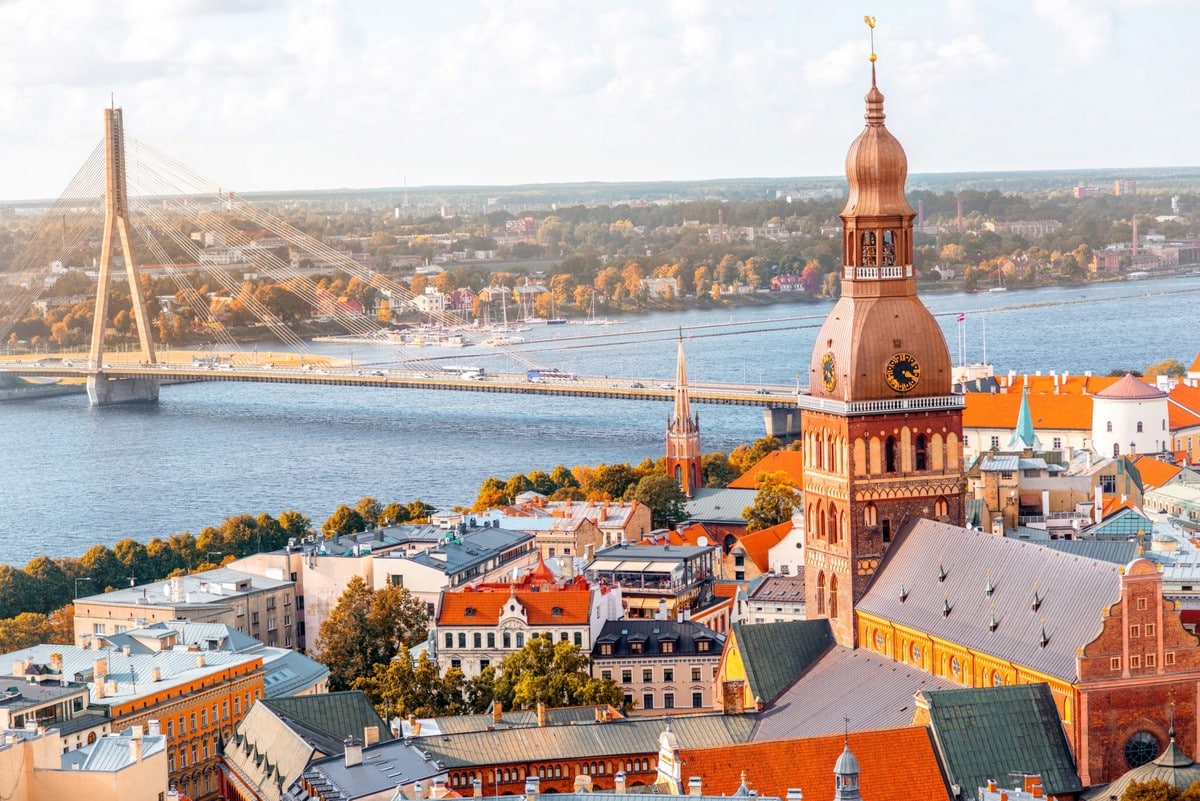Latvia is a country in Northern Europe considered one of the Baltic states alongside Estonia and Lithuania. It is a member of the North Atlantic Treaty Organization (NATO) and the European Union (EU). It is officially known as the Republic of Latvia and covers an area of 64,589 square kilometers. It is bordered by Estonia to the north, Lithuania to the southern region, and Russia to its east and shares a maritime border with Sweden to the west. The capital city is Riga, which has almost two million people. Latvians speak their native tongue and belong to the ethnolinguistic group of Balts.
Latvia is known for its diverse culture, which extends to architecture, food, and various products. The country also has a 99.81% literacy rate, one of the highest in the world. It is also known for its many UNESCO World Heritage Sites, including Riga, which has several areas of significance.
Beaches
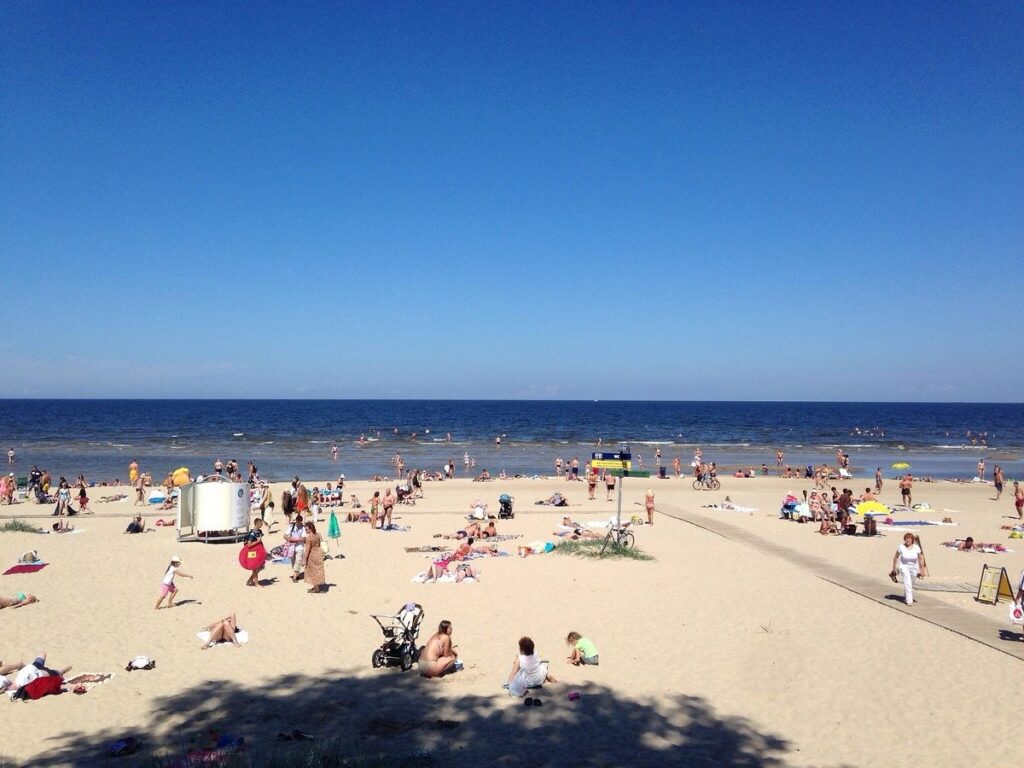
The Latvian coastline is one of the most beautiful on the European continent. It spans more than 500 kilometers long, with vast and secluded white sand beaches making it one of the more spectacular features of the country. One of the best things about Latvian beaches is their ever-changing landscape, as the autumn storms, wind, and people affect their appearance. Regardless of these factors, most of the beaches remain pristine and underdeveloped. Among the unique features of Latvian beaches are protected wetlands and raised bogs, as their legislation has mandated that these areas be protected at all costs.
Latvia is Mostly Green
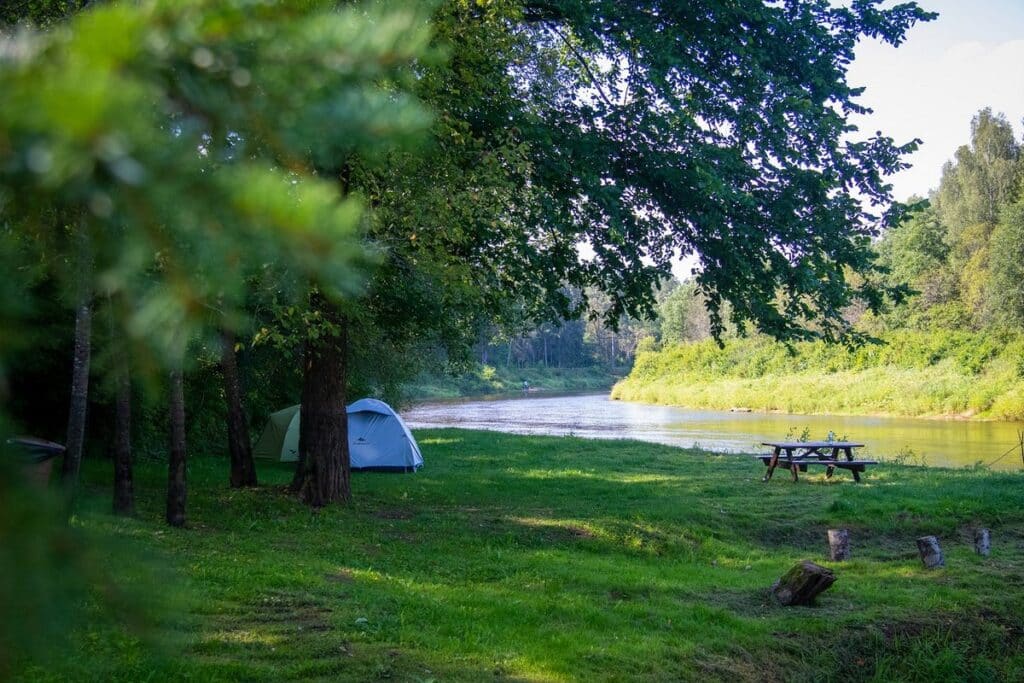
Latvia covers an area of 64,589 square kilometers, making it bigger than Switzerland, the Netherlands, and Denmark. It is slightly larger than Ireland and twice as big as Belgium. What’s great about Latvia is that forests and other greenery still cover almost 50% of the land. Even the coastal areas are still considerably greener than other countries. The country has passed legislation ensuring the coastline is protected against commercial development. Pine trees in the country grow to large sizes, and some are close to 200 years old. No houses or development are near the coastlines, and all the beaches are publicly accessible.
Beer Overflows in Every Town
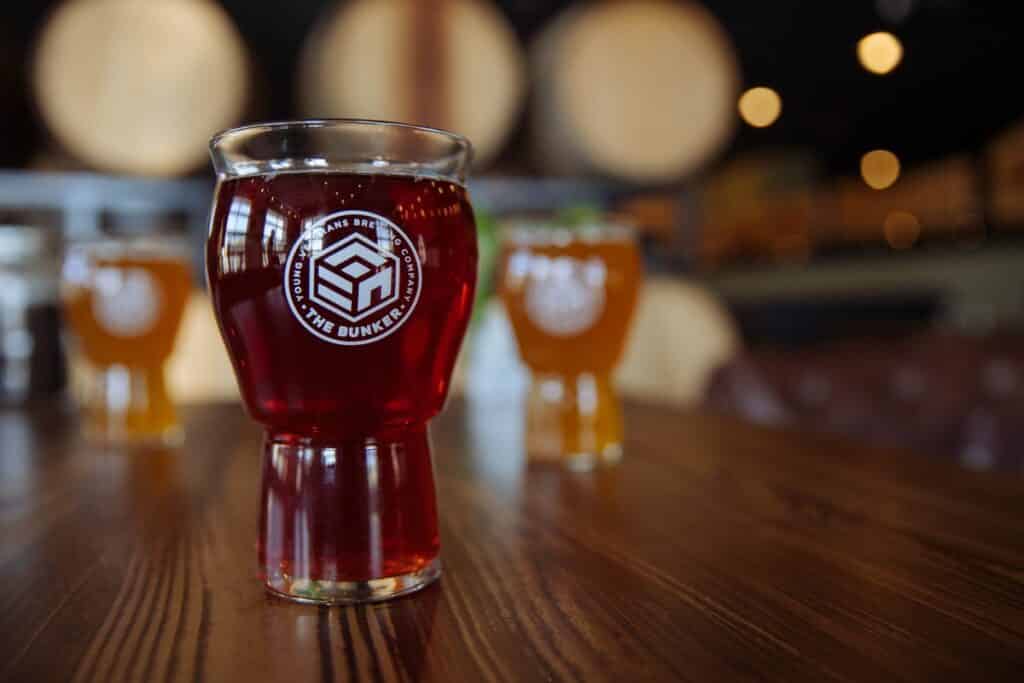
Latvia will be heaven for your beer-drinking palate if you love craft beer or homemade brews. Every town in the country has its brewery, each with a specific blend that makes them unique. Unfortunately, most people haven’t heard of these brews because they aren’t commercially produced, have little to no preservatives, and have a short shelf life. If you get the chance to hop into bars in Latvia, you must try their microbrews because of their unique flavor and composition. While there are macro breweries in the country, most Latvians turn to their local brews for a good time.
Castles and Palaces Are a Must-See
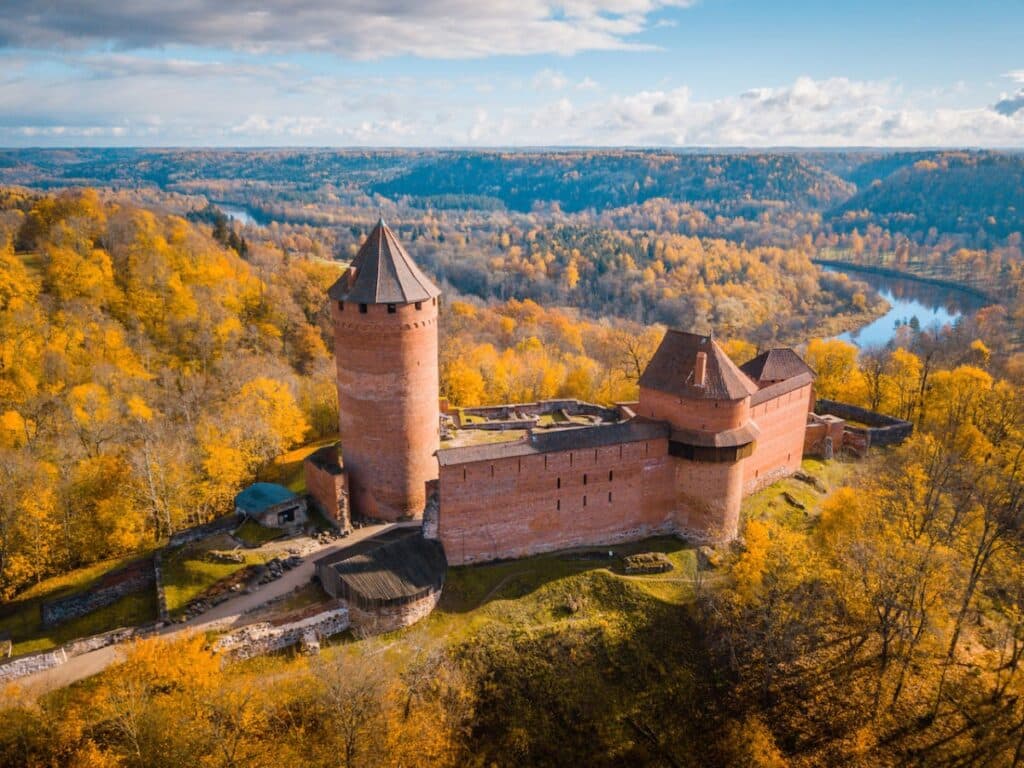
Latvia is replete with several palaces and castles from the Medieval European times. These structures now serve as tourist destinations, especially in Riga, Sigulda, Cesis, Koknese, Bauska, and Ventspils. Once the bastions of Crusaders, castles served as the launching areas for their journeys to the Holy Land. As the Russians also conquered Latvia, these structures reflected the varying architectural influences, making them a sight to behold. Latvian nobility during the later years converted their palaces and castles into hotels, museums, or public buildings to preserve the interior and exterior structures, thus giving the public a glimpse of what Latvia used to look like.
The Famous Davis Bertans

Those following the National Basketball Association immediately know who Davis Bertans is. The Latvian forward is a three-point specialist on the court and has played for the San Antonio Spurs, the Washington Wizards, and the Dallas Mavericks. Nicknamed the Lativan Laser for his impeccable shooting touch, most people don’t know that Bertans is missing half of his right ring finger. He had the top part lopped off during an unfortunate accident chopping logs when he was 13 years old. The six-foot-ten-inch shooting forward was the 42nd overall draft pick by the Indiana Pacers in the 2011 NBA Draft.
Ieva Laguna Is a Certified Latvian Eye Candy

Ieva Laguna is a Latvian model who has strutted down the runway for luxury fashion designers and brands such as Victoria’s Secret, Nina Ricci, Christian Dior, Dolce and Gabbana, Versace, Michael Kors, and Carolina Herrera. Born on June 6, 1990, in Saldus, Latvia, she began her illustrious modeling career in 2007 at 17. Nils Raumanis, the founder of DANDY Model Management, spotted her as she was attending an MTV/ B-Day festival in Riga. She has graced the cover of magazines such as Vogue Germany, Vogue Greece, Marie Claire Italy, Elle France, and Rush.
Kristaps Porzingis Is the Latvian Unicorn
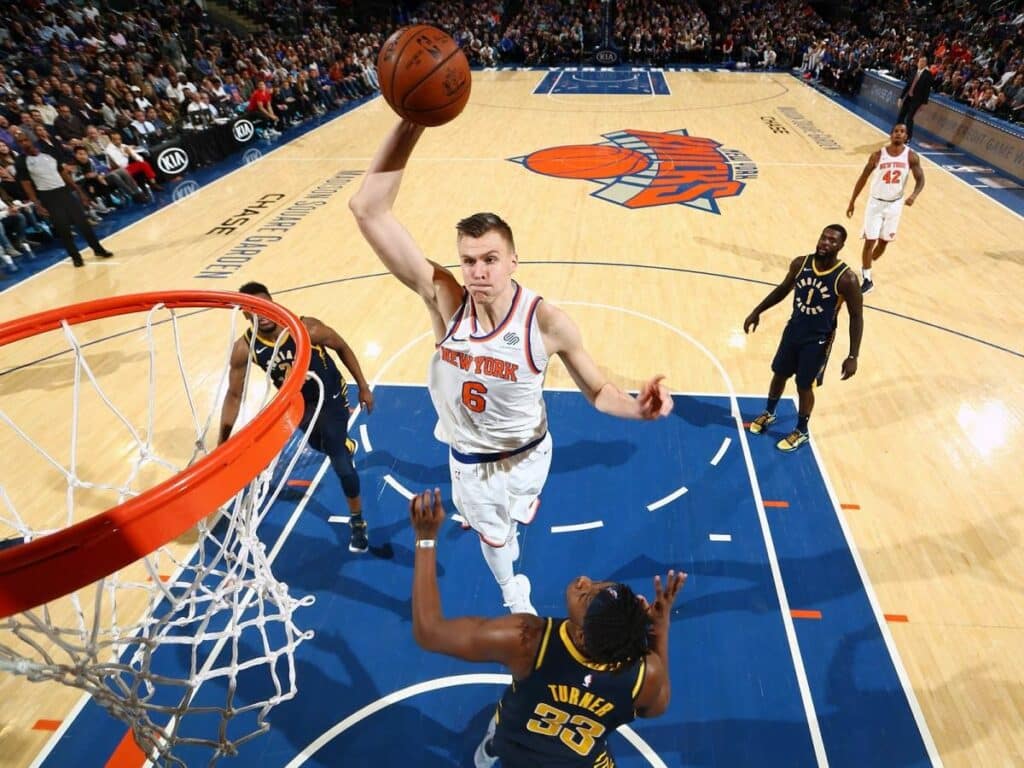
Kristaps Porzingis made a name for himself when he played for the New York Knicks as he was dubbed the Unicorn for his amazing skill set. The seven-foot-three-inch forward is one of the tallest active players in the NBA today. The Latvian national was dealt to the Dallas Mavericks in 2019 before getting traded to the Washington Wizards for Spencer Dinwiddie and countryman Davis Bertans in 2022. The former fourth overall pick for the Knicks is currently dating Laura Vizla, a dancer-model of Latvian roots. Porzingis is signed through the 2023-2024 season and is currently set to earn close to $34 million.
Lana Zakocela is a Certified Stunner
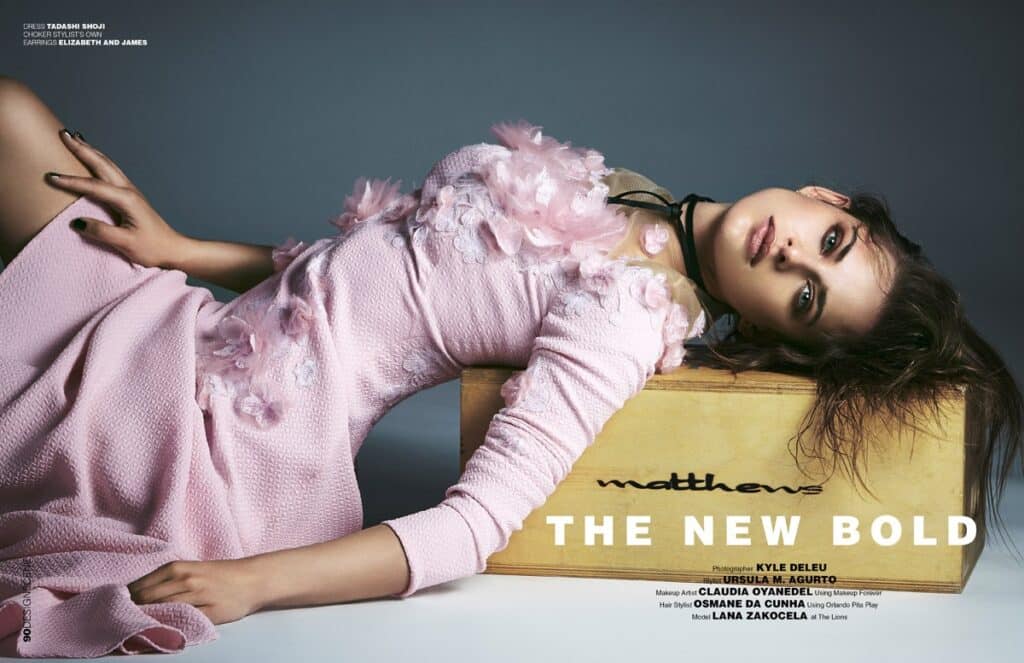
Another famous Latvian model who has modeled for several luxury brands and fashion designers is Lana Zakocela. Born in Daugavpils on July 21, 1985, the 1.73-meter-tall stunning beauty moved to England when she was 16 years old and studied at Chatham Grammar School. She began modeling for brands such as Garnier, Cartier, Lancome, Graff, Dior, Clarins, and Thierry Mugler. She also graced the covers of Grazia Spain, Bulgaria Elle, Maxim, En Vie, Monsoon, and BIBA. In 2015, Zakocela married Justin Etzin, a diplomat and businessman, in Seychelles. Subsequently, they divorced because of allegations of infidelity, and currently, Zakocela is single and unattached.
Mikhail Baryshnikov Is of Latvian Descent
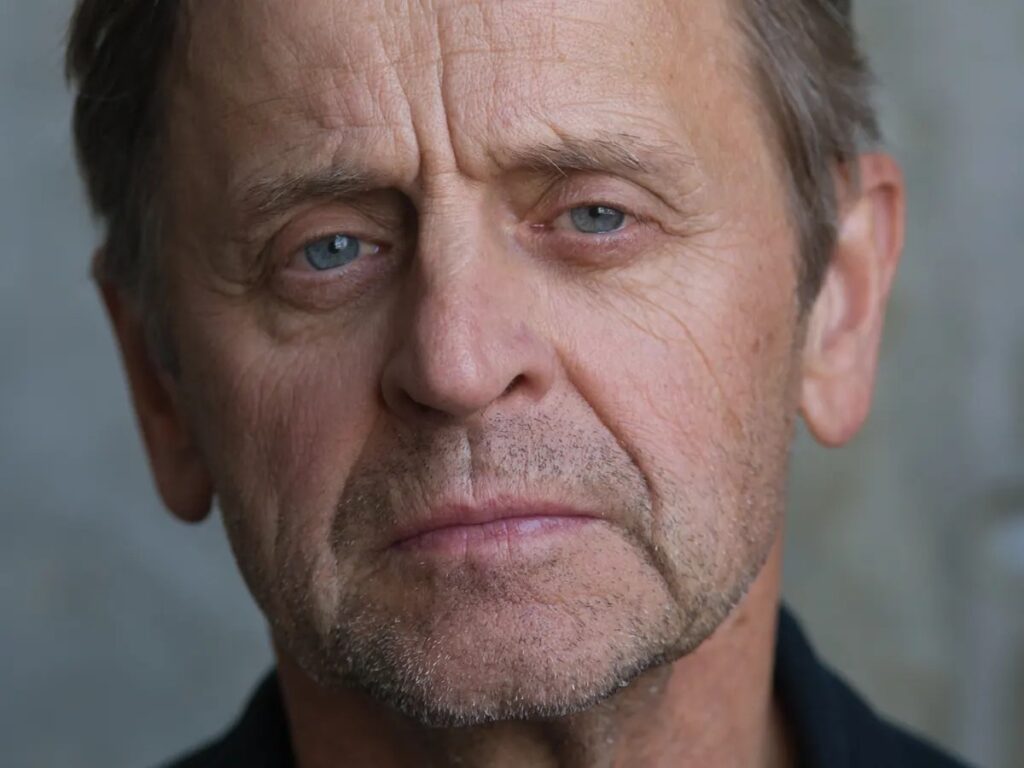
One of Latvia’s best cultural contributions is Mikhail Nikolayevich Baryshnikov, the popular choreographer, actor, and dancer. Born in Riga on January 28, 1948, Baryshnikov became the premiere male classical dancer during the 1970s and 1980s, with performances garnering critical acclaim. Baryshnikov began his ascent to the pinnacle of the art with Kirov Ballet before he defected to Canada in pursuit of more dance opportunities. He joined the American Ballet Theatre before moving on to the New York City Ballet as its lead male dancer, where he learned George Balanchine’s neoclassical Russian movement style. He received an Academy Award nomination for Best Supporting Actor in 1977 for his part in the movie The Turning Point.
The Majestic Riga’s Art Nouveau Architecture
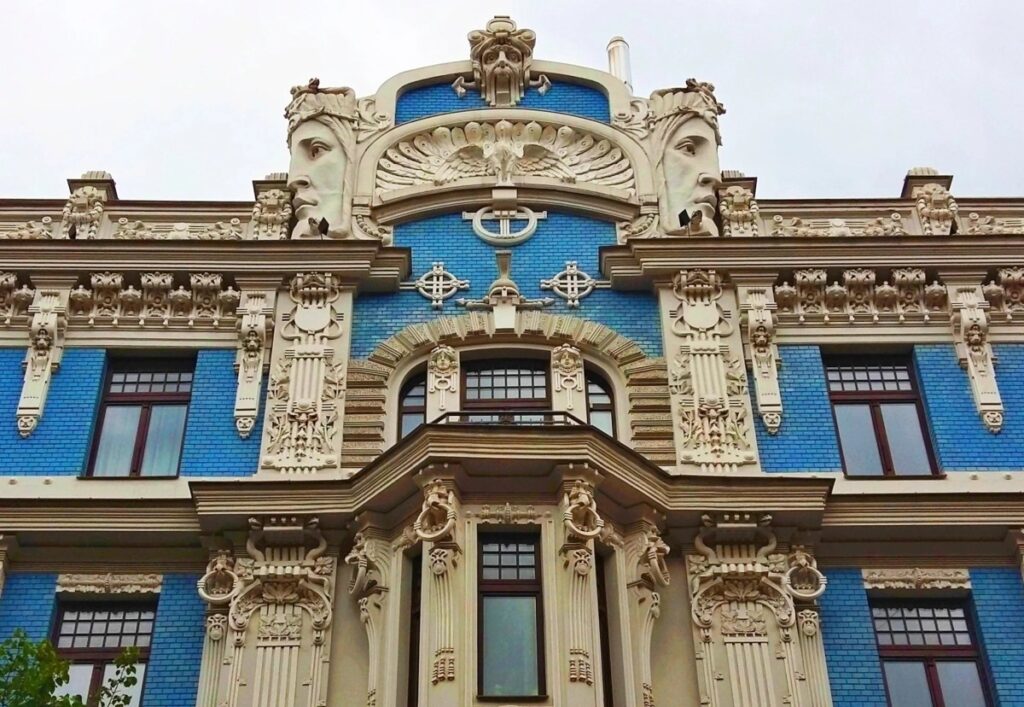
If you love looking at building architecture or are a budding artist or designer, Riga’s buildings will be a sight to behold. Roughly one-third of Riga’s buildings have an art nouveau concept, making the city one of the places with the most concentration of such designs. Most buildings date from 1904 to 1914, and the style is most commonly found in the multi-story apartment buildings dotting the city. Architecture historians further categorize Riga’s art nouveau influence into four distinct stages: Eclectic, Perpendicular, National Romantic, and Neo-Classical. According to historians, the style was driven by the desire to express individualism and local attachment.
Rupjmaize Is a Staple Food
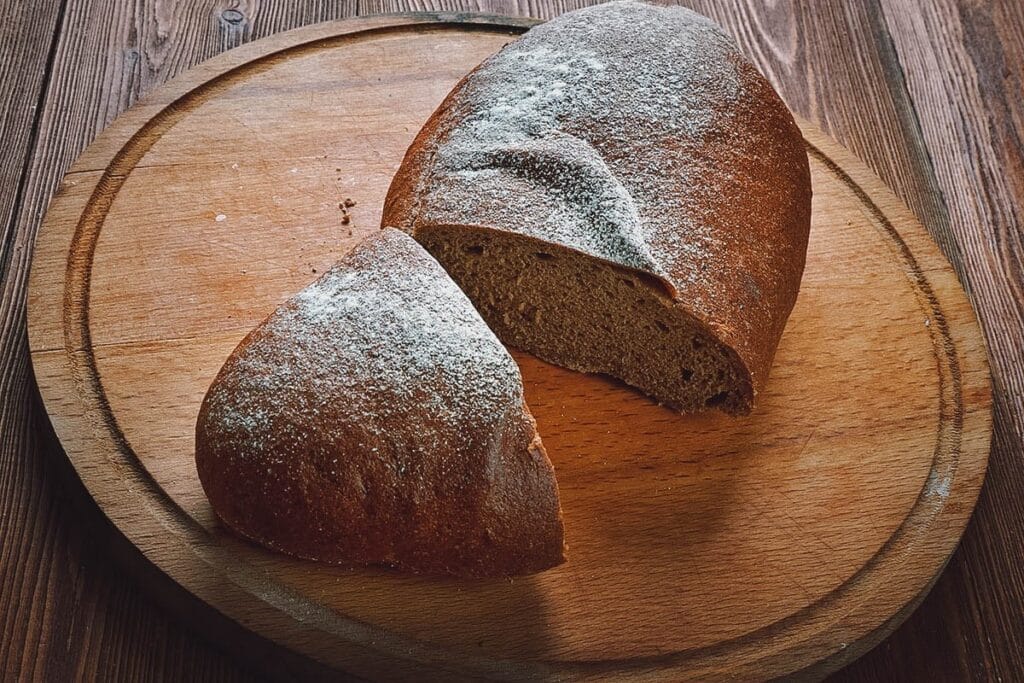
Latvians love their bread, and among the best is their rupjmaize. Rupjmaize is a traditional and dark bread made from rye and references to how to make the bread have been found in recipe books dating to 1901. Homemakers make the bread using coarse rye flour, adding malt and caraway seeds, and bake it in a wood-fired hearth furnace. The bread has a distinctive flavor and aroma, making it one of the staples of the Latvian diet. Latvians also use rupjmaize to create rupjmaizes kartojums, one of their traditional desserts. They also have a special type of bread known as Salinata rudzu rupjmaize.
The Venta Rapid
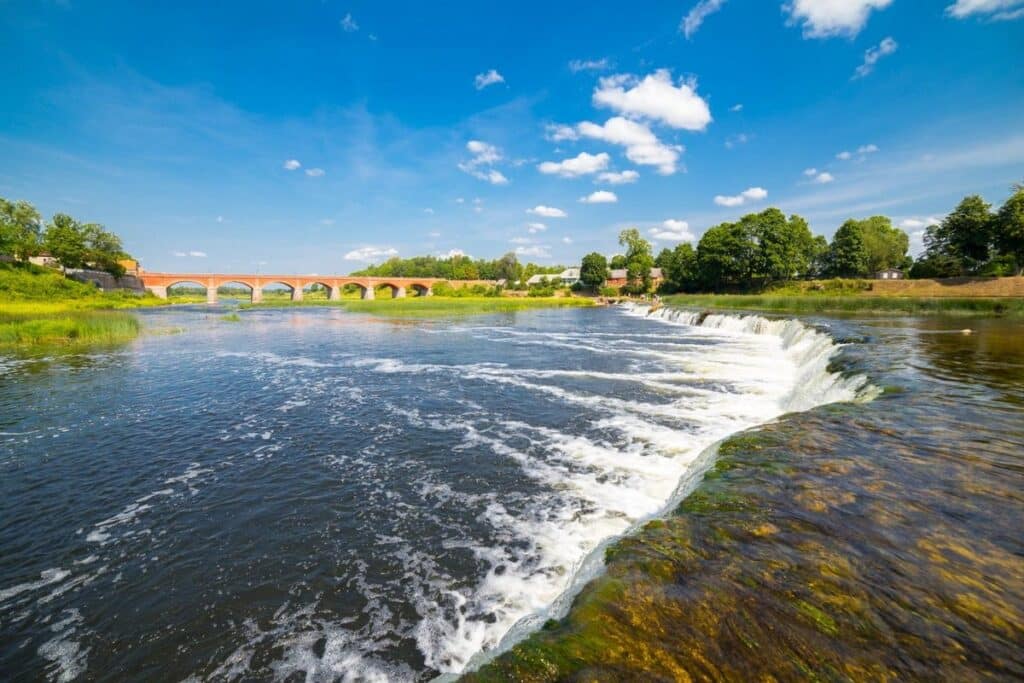
The Venta Rapid is the continent’s widest waterfall. Flying fish are abundant in spring and autumn, making it a tourist attraction. The waterfall is around 100 to 110 meters wide and 1.8 to 2 meters in height. Tourists can view the waterfall along its entire length from both sides of the Venta River, and if they find themselves about 200m downstream, there’s an old brick bridge where tourists can marvel at its natural beauty. Tourists can also try to catch the flying salmon, which try to jump the rapids. A successful day can yield anywhere between 80 to 100 fish.
Zemgus Girgensons Is an NHL Stalwart

Zemgus Girgensons is one of Latvia’s most proficient hockey players. Known as the Latvian Locomotive, he plays center and is an alternate captain for the Buffalo Sabres of the National Hockey League. The Sabers selected him as the 14th overall pick during the 2012 NHL Entry Draft, making him the highest-drafted Latvian in history. Girgensons was voted during the 2015 All-Star Game thanks to the strength of Latvian votes. Girgensons comes from a family of hockey players. His father, Aldis, played defense for Dinamo Riga during his playing days. Currently, his father is the general manager of the East Hokkaido Cranes of Asia League Ice Hockey.
The Latvian Flag is One of the World’s Oldest
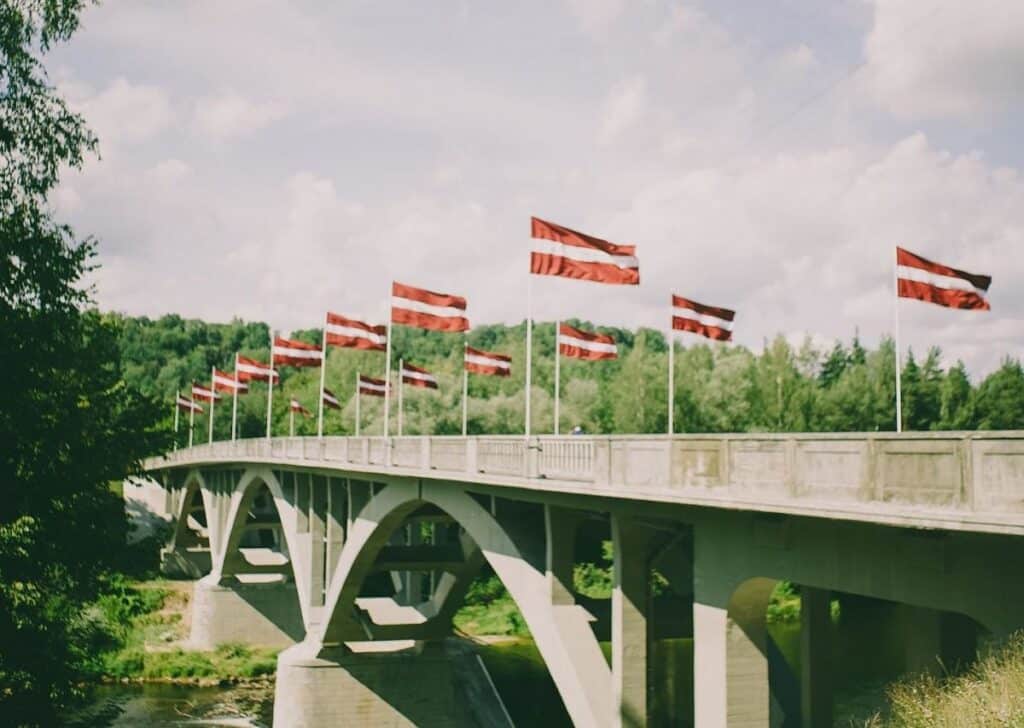
Among the best things about Latvia is its flag. Although it was only officially recognized in 1923, the flag has been in constant use since the 13th century. The flag is simple as it consists of three horizontal stripes with two chestnut-colored stripes sandwiching the white stripe in the center. The chestnut-red color of the flag symbolizes the readiness of the citizens to shed blood for their country. The white stripe represents the freedom they gained after the occupation of hundreds of years. Legend has it that the flag’s colors were derived from the bloodied blanket of a wounded chieftain during ancient times.
Foraging for Food is Alright
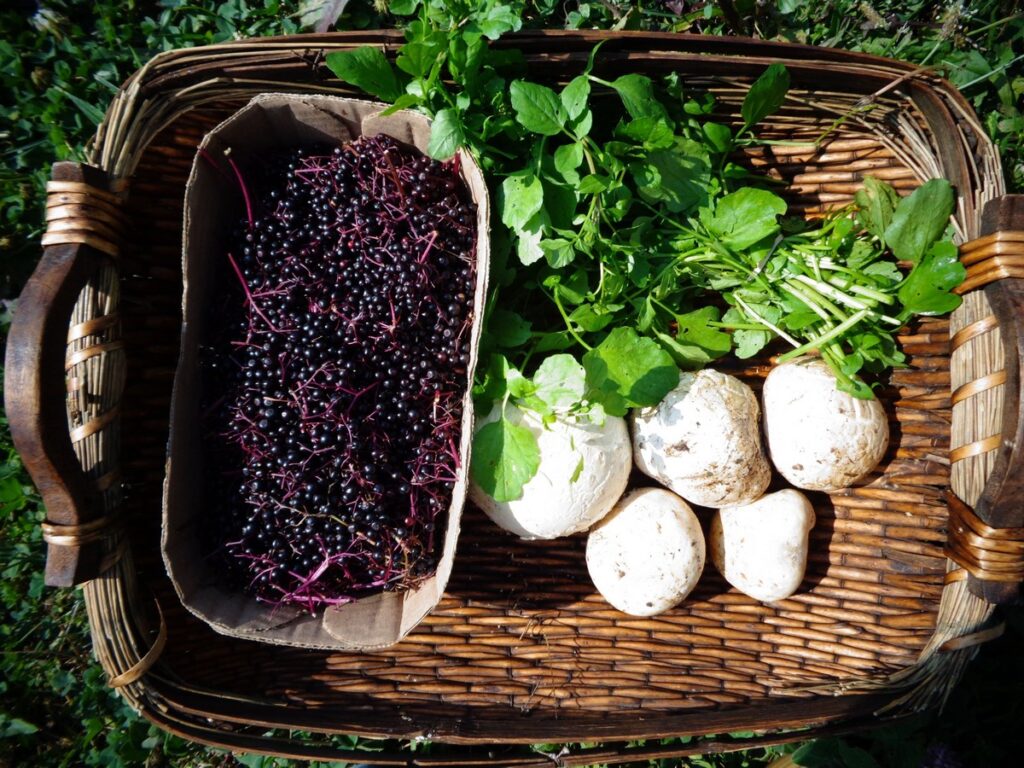
You do as Latvians do in Latvia and forage for food seasonally. Most Latvians understand that when the weather changes, it’s time to take the opportunity to forage for nature’s offerings. Different seasons mean different items can be had just by walking along the trails around their homes. Most Latvians forage blueberries, mushrooms, herbs, and cranberries and utilize them as part of their diet. Latvians, however, are highly respectful of their forests as they consider these places sacred ground. Most Latvians believe that their forests house sacred trees with deities who can influence their health and well-being.
The Delicious Chocolate Bear and Its Statue
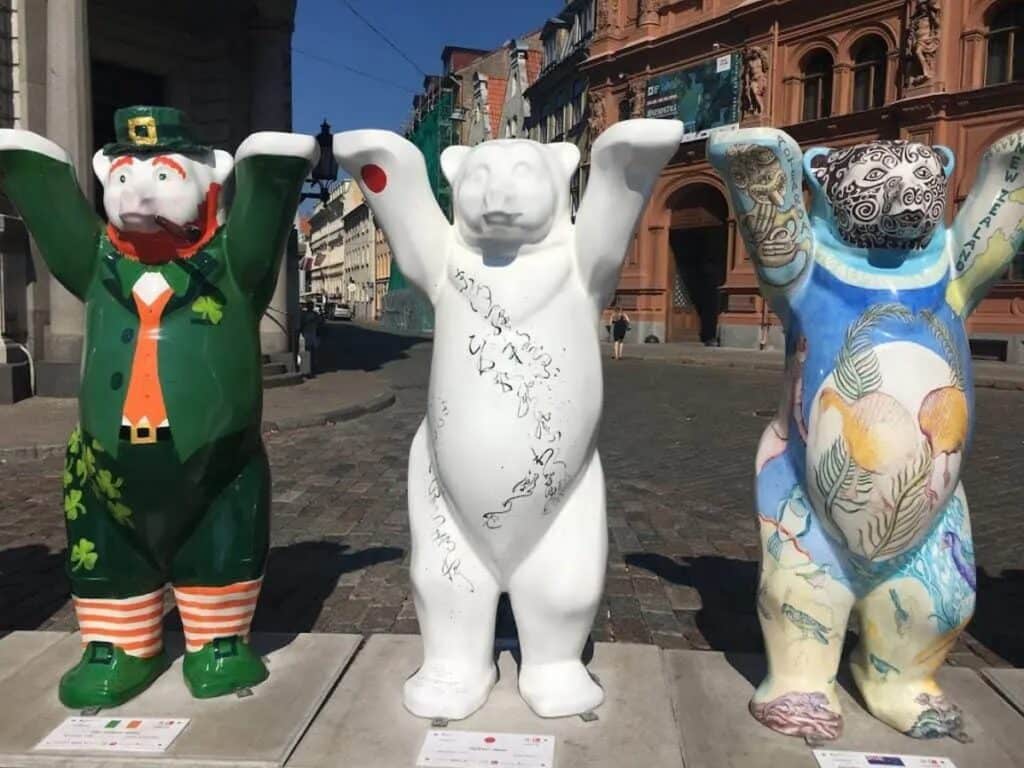
Latvia is also known for its statues, but the best stories about such statues came recently. In 2006, a brown bear became stranded on a block of ice floating on the sea. The creature floated 40 kilometers to the Estonian island of Ruhnu. The country’s oldest chocolatier, Laima, created a 40-kilogram chocolate bear and gifted it to Estonia. The real bear returned unharmed, and the chocolate bear statue was displayed before the 70 Ruhnu residents ate the masterpiece.
